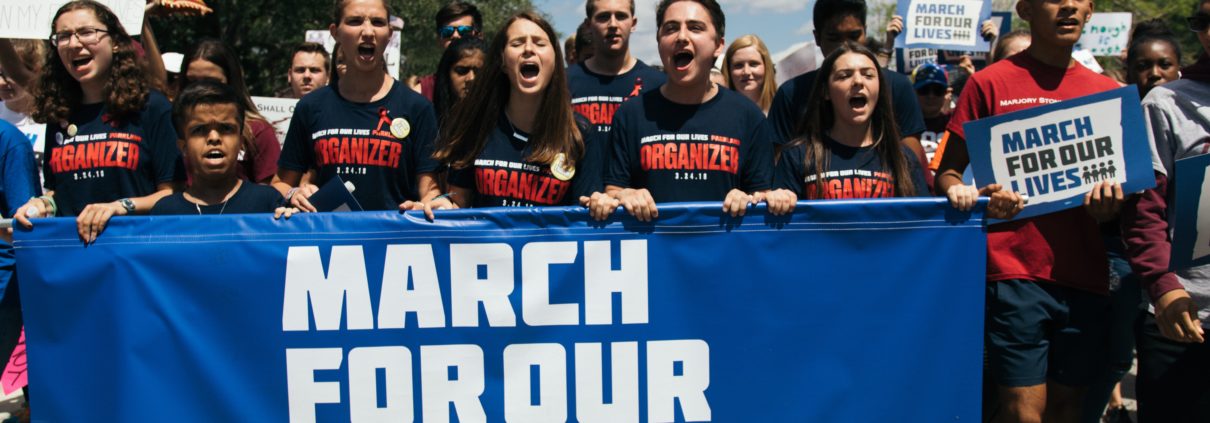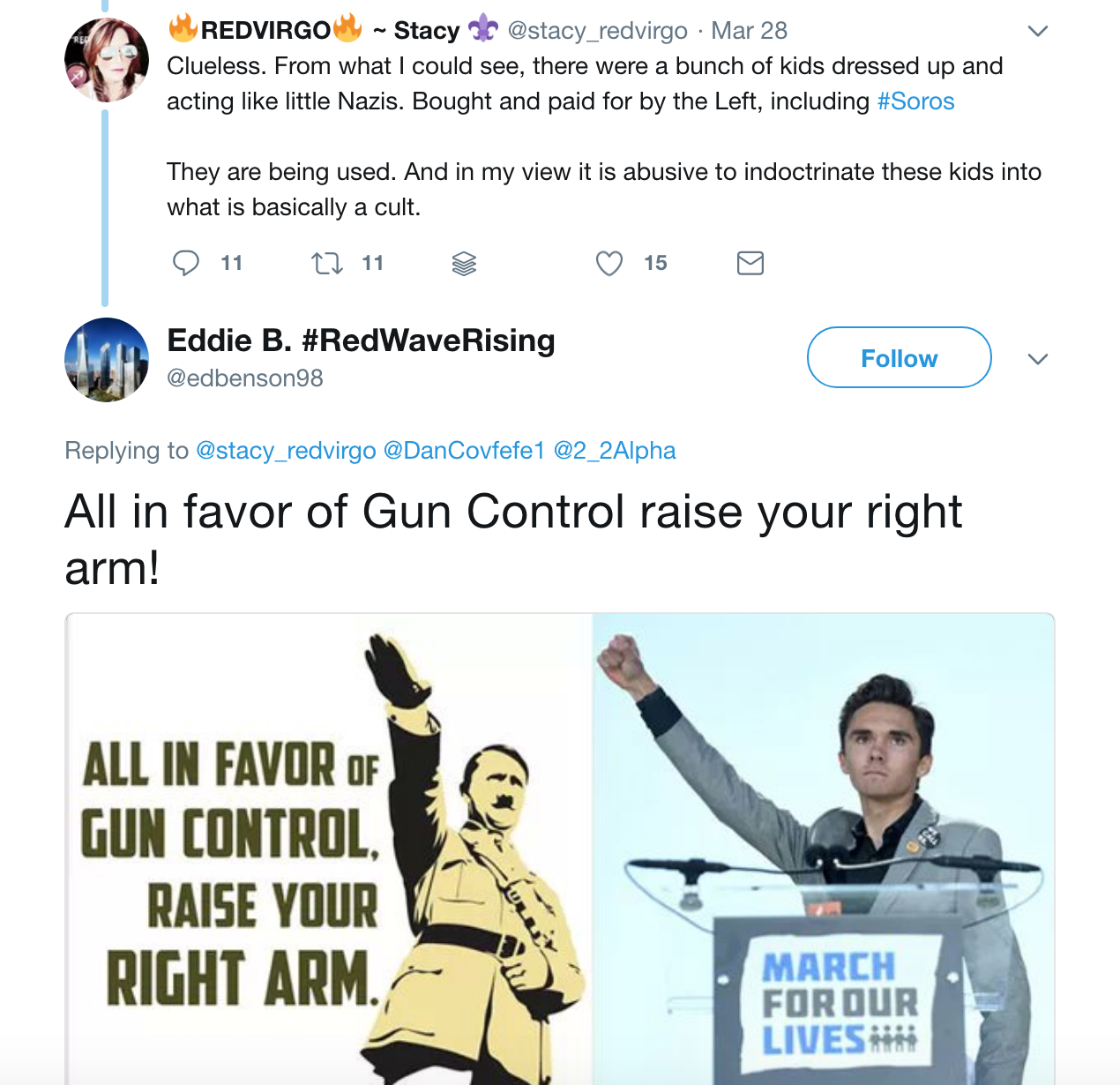At DMG, we often emphasize the best ways to respond to hostile questions to avoid writing the next day’s headlines. But it’s a rare thing to watch it play out successfully in real life.
And then Judge Gorsuch nailed his Senate confirmation hearings.
Sure, you may not anticipate the same line of questioning in your interviews that Judge Gorsuch faced last week, but there are lessons to learn and strategies to adopt for your own media interview purposes.
Here are the six best B² (block and bridge) responses we heard during Judge Gorsuch’s Senate confirmation hearings and how you can make them your own:
1. He set the tone.
Grassley: “Would you have any trouble ruling against a president who would appoint you?”
Gorsuch: “That’s a softball. I have no difficulty ruling against any party based on what the law and the facts of the particular case requires.”
2. He didn’t take the bait.
In his back-and-forth with Senator Dianne Feinstein about D.C. v. Heller, Gorsuch refused to agree or disagree with a statement made by Justice Antonin Scalia in the majority opinion:
Feinstein: “I’m just asking you do you agree with the statement. Yes or no?”
Gorsuch: “Whatever is in Heller is the law. And I follow the law.”
Feinstein: “Do you agree?”
Gorsuch: “It is not a matter of agreeing or disagreeing, senator, respectfully. It is a matter of it being the law. And my job is to apply and enforce the law.”
3. He talked about who he is and what he’s for rather than who he isn’t* and what he’s against.
Feinstein: “How do we have confidence in you that you won’t just be for the big corporations, that you will be for the little man?”
Gorsuch: “The bottom line is that I’d like to convey to you from the bottom of my heart is that I’m a fair judge. I can’t guarantee you more than that, but I can promise you absolutely nothing less.”
*He did tell Senator Franken, “I’m not God.” But we’re over it.
4. He stayed on message – it’s about the law; IT’S ALWAYS ABOUT THE LAW.
Judge Gorsuch decided in the minority opinion in what is known as the Frozen Trucker Case and Democrats really, really disagree.
Franken: “I don’t think you’d want to be on the road with him, would you judge?”
Gorsuch: “Senator, um,”
Franken: “You would or not? It’s a really easy: ‘Yes’ or ‘no?'”
Gorsuch: “It might be fair to ask whether TransAm’s decision was a wise or kind one. But it’s not our job to answer questions like that. Our only task is to decide whether the decision was an illegal one.”
5. He was comfortable to admit he didn’t know the answer.
Klobacher: (asks for his opinion of cameras in the courtroom)
Gorsuch: “That’s a very important question…I come to it with an open mind. It’s not a question that I confess I’ve given a great deal of thought to.”
6. He got mad on purpose.
Leahy: (citing a Republican congressman’s desire for a Gorsuch confirmation so he would “uphold Trump’s Muslim ban”)
Gorsuch (with raised voice): “Senator, he has no idea how I’d rule on that case, and, senator, I’m not going to say anything here that would give anybody any idea how I’d rule in any case like that that could come before the Supreme Court.”
Again, you may never face this line of questioning and the stakes will likely be lower, but Judge Gorsuch’s ability to communicate his message and intentions is A++.
If he can do this after hours of questioning, you can do this in a three to five minute interview. It’s possible, and we believe in you.


